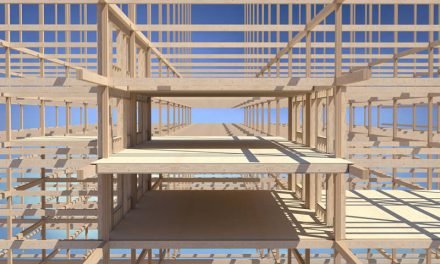However, I’m pretty sure that very few people nowadays would know what silence was, with the ever growing number of people who live in apartments, semi-detached buildings or high-density unit and town house developments where sound transmission between dwellings is a common issue.
In 2004 the Building Code of Australia (BCA) responded to the evidence that existing standards for sound insulation provisions were not meeting community expectations when they introduced the revised standard.
The revised acoustic provisions set out jurisdiction, scope and minimum values. The BCA 2004 applies in most areas of Australia in the following classes:
Class 1: Detached house, terrace villa or small boarding house
Class 2: Flat or apartment with two or more dwellings (units)
Class 3: Boarding house, hotel or residential part of other buildings
Class 9c: Aged care building
The new sound insulation provisions provide a specific maximum value for noise transmission through floors, this is especially significant as it serves to set the minimum standard for the production of underlays offered as suitable sound reduction measures to the timber flooring industry.
Timber, like many building materials, is a sound conductor, and these sounds can be broken more or less into two categories, the first being high frequency sounds such as people talking, music, which travel easily through low density building materials.
Then there’s low frequency noise like the hum generated by refrigerators.
These sounds resonate within the timber, sending out vibrations that are transferred to adjacent building materials.
The art to minimising the transmission of sound through timber flooring is to install it over a dense sound absorbing substrate.
Where low frequency sound is the issue
it is usually necessary to ensure that, in conjunction with an acoustic underlay, the body of the floor does not make contact with the skirting and adjacent walls.
But never fear, there is a solution.
Direct stick applications
These generally require an approved resilient acoustic underlay to be, in some instances, fully adhered to the substrate prior to the installation of the timber flooring.
Similarly, installations over sheet underlay, such as ply, require the resilient acoustic underlay to be installed over the primary substrate prior to the installation of the sheet underlay. Sheet underlay is generally fixed to the substrate using mechanical fittings.
It should be noted that each solid fixing through the resilient acoustic underlay reduces the effectiveness of the acoustic underlay, which will increase the sound transmission.
Batten installations
In this instance you should allow for traditional fixing of the floor boards in the same way as fixing to joist. Boards 80 mm or less can be secretly nailed while wider boards can be top nailed.
The installation of the acoustic underlay in this instance is acoustic pads used to isolate the batten from the substrate. As the battens require fixing to the substrate, it will affect the sound transmission in the same way as the fixing of sheet underlay material. This can be minimised by reducing the amount of fixing points.
It is important that the underlay used is sufficiently dense and will not break down under a live or static load.
Floating floors installations
This one can be as simple as using an approved resilient acoustic underlay as floating floor systems.
Caution should be exercised when choosing a product, as many do not meet the BCA minimum standard.
The key factors for products include ones that are:
- Of sufficient thickness to offer positive separation
- Rigid enough to not over compress when loaded
- Able to offer long term performance without collapse or floating of the layer, specifically under live or static load
- Supported with acoustic testing reports and specific application data.
Ten years after the introduction of the sound insulation revision there are very few retailers or contractors with an awareness, or understanding, of the scope and requirements for sound installation under timber floors.
This suggests a niche market for those who are prepared to demonstrate the following:
- A clear understanding of the sound insulation requirements of the BCA
- Know where to find the information on those sound insulation issues which are not covered in the code
- Know when to consult an acoustic specialist and know which stages of the project they are likely to be involved in
- Understand how to approach the selection of construction materials to provide the appropriate sound insulation for a variety of circumstances
- Know which areas of buildings are particularly important in terms of sound insulation.
For the select few of us with the knowledge and skills to sell something as intangible as acoustic insulating products to potential timber flooring purchasers, the sound of silence would indeed seem to still be as ‘golden’ as it is today.
Ray and Sharon Brice specialise in mediation training and project management. They have four decades experience in the flooring industry.
Phone: 0407 591 697 | Email: rayandsharon@timbertradernews.com











